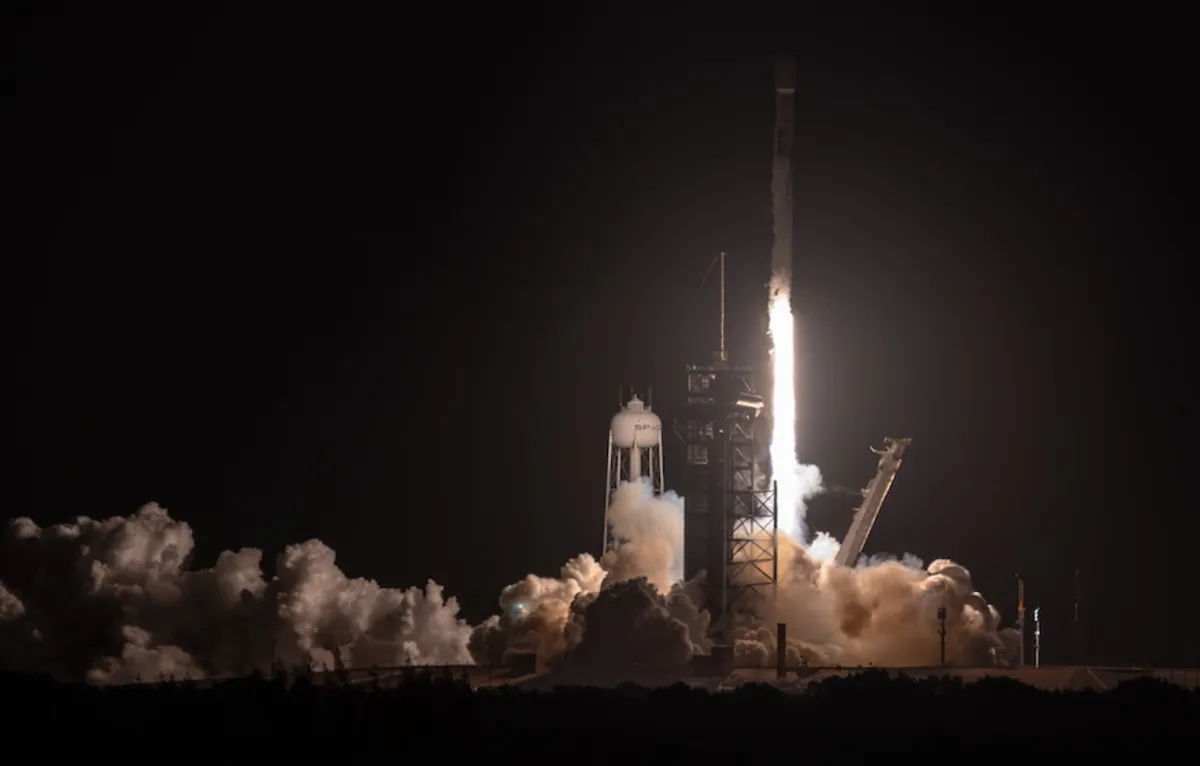
SpaceX has successfully landed the first stage booster on its droneship, marking a significant achievement in its ongoing space exploration efforts. This event is part of the company's second Falcon 9 rocket launch within a span of less than half a day. The recent mission, known as the Starlink 12-10 mission, lifted off from NASA’s Kennedy Space Center at precisely 10:34 p.m. EDT (0234 UTC), shortly after another Starlink flight departed from Vandenberg Space Force Base six hours earlier.
On Sunday, the 45th Weather Squadron provided a promising forecast for the launch, indicating a 75 percent chance of favorable weather conditions during the launch window. Meteorologists were closely monitoring potential weather concerns, particularly violations of the Cumulus Cloud and Anvil Cloud Rules. According to the launch weather officers, the primary threats to the launch included cumulus clouds from nearby showers and lingering anvil clouds resulting from previous thunderstorms.
For this mission, SpaceX introduced a new booster, although it was uncertain whether it was designated B1091 or B1094 prior to the launch. The precise tail number remained unclear leading up to the launch, but what was evident was the successful deployment of the booster. A little over eight minutes following liftoff, the booster made a successful landing on the droneship named A Shortfall of Gravitas. This achievement not only highlighted SpaceX's technological advancements but also marked the 106th booster landing on this specific droneship and the 439th booster landing overall.
This launch represents SpaceX’s 50th Falcon 9 launch of the year, showcasing the company's relentless dedication to innovation and efficiency in the aerospace industry. With each successful mission, SpaceX continues to push the boundaries of space travel and satellite deployment, solidifying its position as a leader in the field.
As SpaceX forges ahead with its ambitious plans for the future, including the expansion of the Starlink network, the successful execution of these missions underscores the importance of reliable and advanced technology in achieving space exploration goals.